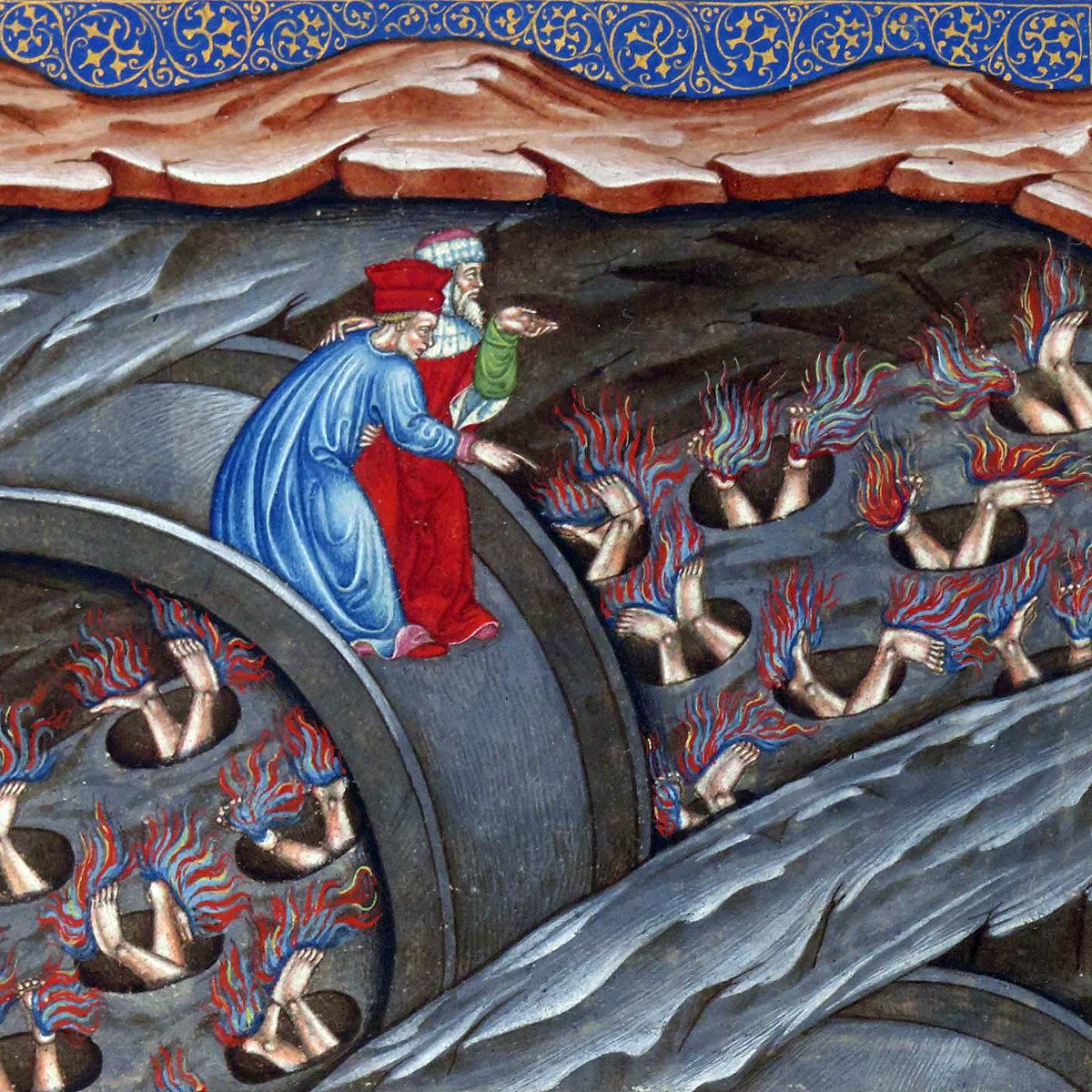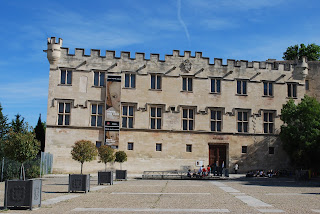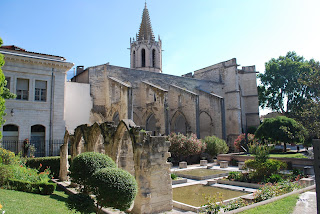Origins of the Corbet family.
The name
Corbet is derived from the French “corbeau”:
a raven, or crow (Old Scots: “corbie”).
The family originated in Normandy, where they were followers of Roger de Montgomery,
a great nobleman.
Roger de Montgomery had not accompanied
William the Conqueror at the Battle of Hastings, but when in 1069 Shrewsbury
was attacked by the Welsh, with the help of Saxon rebels, he was created Earl
of Shrewsbury and put in charge there. He summoned “brave and loyal men” from
his own lands in Normandy to help him. One of these was a man probably known as
Hugo le Corbet, and his two sons Roger and Robert FitzCorbet. They were granted
large numbers of manors in Shropshire.
By the time the Domesday Book was compiled
in 1086, Hugh was dead, but Roger and Robert FitzCorbet were recorded as
between them holding more than 40 manors in Shropshire under Earl Roger. The
village that became Moreton Corbet was not one of these, however (see later).
An
examination of a map shows how strategically important the FitzCorbets were,
because Roger held a great swathe of manors immediately west of Shrewsbury and
south of the Severn, with Roger’s manors further south.
In 1102 the FitzCorbets
supported Robert de Belleme, the son of Earl Roger, when he rose in rebellion
against King Henry I, but they were able to make their peace with the King and
kept their lands; and the two brothers were still alive as late as 1121.
Robert’s branch of the family soon died out in the male line; though his
daughter Sibyl became one of Henry I’s numerous mistresses, and bore the king
several children. But Roger’s family produced a great many descendants, of whom
the principal male line became Barons of Caus, a castle in the thinly-inhabited
hill country south-west of Shrewsbury, near the modern border with Wales. (The first
reference to the castle was in the 1130s. It can be found on a map west of the
B4386 road from Westbury to Worthen. It was destroyed by Parliamentary forces
in 1645, though there are still some impressive earthworks. The site is not
open to the public)
Under Henry II, the Marcher Lordships were
organised, which included Caus. The nobles who held these had special powers
and privileges to deal with the danger of raids from Wales. Many of their
castles, such as Ludlow, became very strong. Although Caus was only a minor
lordship, with a relatively small castle, we know that Roger Corbet, Lord of
Caus, refused to pay a special tax in 1159, and again in 1165, on the grounds
that his predecessors had never had to pay such a tax in the past!
In 1298 Sir
Peter Corbet, Baron of Caus, serving the King at the Battle of Falkirk, is
recorded as bearing the distinctive Corbet coat of arms: a black ravens on a
gold shield (In heraldic terminology, “Or, a corbyn sable”). Because no two men
could bear identical coats of arms at the same time, other branches of the
family had coats with two, three or even six ravens.
Sir Peter’s
son, Sir John Corbet, died without male issue in 1347, and the Barony of Caus
became extinct.
Moreton Corbet
The village
which is now Moreton Corbet appears in the Domesday Book as part of the vast
territories granted to Roger of Montgomery, Earl of Shrewsbury. His tenant in
Moreton was a Saxon called Thorold, who held several local manors, and under
him the manor was held by two Saxon brothers, Hunning and Ulviet, who had been
there since before the Battle of Hastings.
The Domesday
Book records:-
“They were
free men. 1 hide pays tax. There is land for 2 ploughs. There are 5 slaves and
1 smallholder. In the reign of King Edward it was worth 10 shillings; now 16
shillings” (A hide would have been between 60 and 120 acres, depending on the
quality of the soil)
By the start
of the 13the century Moreton was held by the family of FitzToret (or Turet) and
was commonly known as Moreton Turet. In 1215 Bartholomew FitzToret joined the
rebellion which forced King John to sign Magna Carta. When John died the next
year, leaving only his 9-year-old son to become Henry III, many of the barons
thought that Louis, the younger son of the King of France, would make a much
better King; but England’s greatest warrior, William Marshall, Earl of
Pembroke, stayed loyal to Henry, and defeated and drove out the French at the
Battle of Lincoln. Bartholomew had supported the rebellion, and forfeited
Moreton as a result, but it was soon returned to him.
About this time, Sir Richard Corbet held the
manor of Wattlesborough as a fief of the barony of Caus. He married Joanna, daughter
and heiress of Bartholomew, thus acquiring Moreton, which eventually became
known as Moreton Corbet. But for a long time it was not the family’s principal
residence in Shropshire, and they also owned land in many other counties. By
1289 their grandson, Sir Robert Corbet, was important enough to be appointed
Sherriff of Shropshire, and then Member of Parliament in 1290 and 1295.
Moreton Corbet Castle
Western Shropshire was a dangerous place in
the Middle Ages, with constant raids backwards and forwards across the Welsh
border, as well as occasional major campaigns. The area thus contains a large
number of castles; some large, but most just small motte-and-bailey affairs.
Moreton Corbet castle was probably built in the 12th or early 13th century. It
was most likely to have been a fortified manor-house rather than a real castle,
though it may have had a moat. Certainly it was never under serious attack at
this time. (A very splendid example of a fortified manor-house on the Welsh
borders can be seen at Stokesay). There would also have been huts for the
villagers, though no trace of these remain. A chapel was consecrated at Moreton
around 1140, by Bishop Clinton, who also founded Buildwas Abbey on the Severn.
The later castle
The Corbets
of Moreton Corbet managed to comethrough the Wars of the Roses unscathed. They
were Yorkists, and Sir Roger Corbet was made a Knight of the Bath at the
coronation of Edward IV’s Queen, Elizabeth Woodville, in 1465. His son, Sir
Richard, fought for King Edward at the battle of Tewkesbury in 1471 and was
knighted on the field. He attended the coronation of Richard III in 1483, but
when Henry Tudor landed in Wales to claim the throne two years later, he
followed his relative Sir William Stanley in changing sides. He paid homage to
henry at Shrewsbury, and led 800 Shropshire men at the battle of Bosworth.
Later, he helped to put down a rebellion in the north in 1489, and died three
years later. His son, Sir Robert, then managed to avoid entanglement in the
rebellion of Perkin Warbeck in 1495, which led to Sir William Stanley being
executed for high treason.
By the dawn
on the 16th century, the family were rich and influential gentry. As
was expected of people of their class, they played their part in governing
Shropshire as Justices of the Peace, sheriffs, officers of the county militia
and Members of Parliament. The Welsh border country became peaceful: Wales was
incorporated into the English system of government by an Act of Union, and the
powers of the Marcher lords were abolished. There was now no need for
fortifications in Shropshire. Instead the Corbets decided to display their
wealth and importance by building themselves a home in the latest style.
The castle
today owes its current appearance to Sir Andrew Corbet (died 1578) and his
successors. Sir Andrew enlarged the gatehouse,
improved the east range and
built a Great Hall. The inspiration may have been his son, Robert; a traveller
who had been to Italy and probably brought back news of the new fashions in
design. But sadly, Robert died of the plague in London in 1583, and his brother
Richard succeeded to the property. He then pulled down part of the Great Hall
for new modifications, including on the upper floor a Great Chamber, Parlour
and Gallery.
It appears that the work was never
completed. William Camden, writing at the start of the 17th century, tells us:-
“Upon the
same river Roden appears Moreton Corbet, a castle of the Corbets, where, within
the memory of man, Robert Corbet, to
justify his curiosity in architecture, began a noble building, much more large
and splendid than the former (viz: the castle); but death countermanded his
designs, took him off, so his project was left unfinished.”
Disaster
overtook Moreton Corbet in the Civil War. Most of Shropshire was held by gentry
and nobles loyal to the King, including Sir Vincent Corbet, and the only town
supporting the Parliamentary cause was Wem.
But in 1644 Prince Rupert took many of the Shropshire royalist troops to
Yorkshire. Few returned from the disaster at the battle of Marston Moor, and
the Parliamentary forces at Wem were able to strike out. A contemporary source,
“Jehovah Jireh, or England’s Parliamentary Chronicle”, tells us that:-
“In
September 1644, Major Bridgeman, Captain Maurice and their brave force, captured
Moreton Corbet castle with resolute and desperate service: one man lost and
some few wounded”. The castle was badly damaged, there was a fire, and a
royalist counterattack was beaten off.
Sir Vincent
had not been present at the fight, but as a committed royalist who had raised
local forces for the crown, he was fined the very large sum of £1588, with
additional penalties of £80 per year. This put him to such financial straits
that he was obliged to sell of much of his land. He and his descendants ceased
to live at Moreton Corbet, (though they could still be buried there); the
family home in Shropshire now being at Acton Reynald, a short distance away. Sir
Vincent died in 1656.
His son,
another Sir Vincent, benefited from the restoration of the monarchy to the
extent of being elected M.P. for Shropshire in 1679. Moreton Corbet castle it
was left in the hands of a steward and allowed to decay further. In 1690 it was
conveyed to John Kynaston, whose wife is buried there. Their son, Corbet
Kynaston, was a notorious Jacobite, who was suspected of the 1715 rising;
though of course the rebels never got anywhere near Shropshire. More seriously,
he piled up enormous debts, which greatly exceeded his assets when he died in
1740. The situation had still not been sorted out six years later, and
eventually an Act of Parliament had to be passed to allow his estates to be
auctioned off.
It was this which enabled Moreton Corbet to
be bought in 1748 by a relative, Andrew Corbet of Shawbury Park. When his
great-nephew, another Sir Andrew, inherited the estate in 1796 he drew up plans
to restore the castle, but never put them into effect: instead an artist,
Thomas Girtin, was commissioned to depict the buildings.
In 1897 the castle was
described as “a noble pile of ruins”. Today it is under the care of English
Heritage..
...............................................................................................................
Timeline
.
1066 Battle of Hastings
1070 Roger de Montgomery made Earl of Shrewsbury, and brings members of the Corbet family to Shropshire
1086 the Domesday Book has Roger and Robert FitzCorbet holding manors in Shropshire under Earl Roger. Moreton is held, under Earl Roger, by Thorold, a Saxon
13th Century The Corbet family inherit Moreton through marriage
1298 Sir Peter Corbet is recorded bearing the distinctive Corbet coat of arms.
1512 Robert Corbet of Moreton Corbet, a rich and well-connected gentleman, dies and is given a magnificent tomb
1529 Roger Corbet a Member of Parliament (again, 1536)
1547 Andrew Corbet knighted. He begins the lavish rebuilding of Moreton Corbet castle
1624 Andrew Corbet M.P. for Shropshire (again, 1628)
1644 Moreton Corbet stormed and badly damaged in Civil War. Sir Vincent Corbet is fined a huge sum and is forced to sell off much of his lands. The family cease to live at Moreton Corbet.
1748 Moreton Corbet bought by Andrew Corbet of Shawbury
 .
.












































